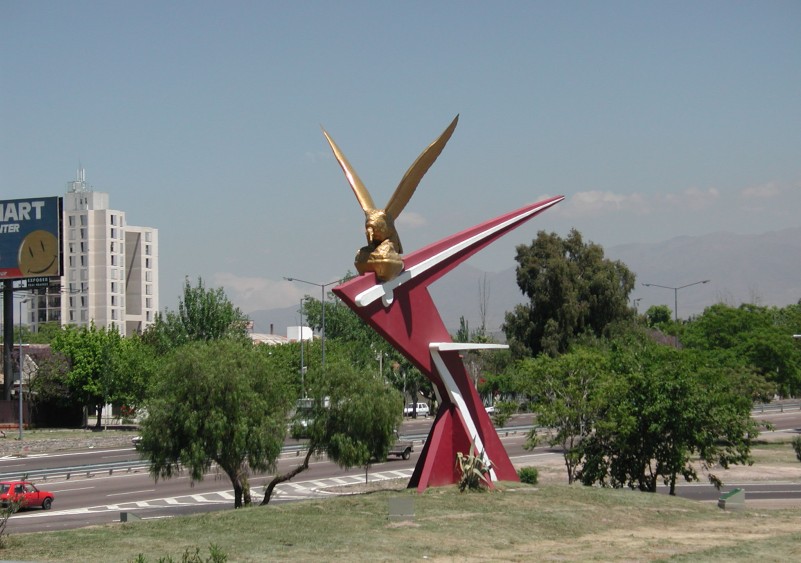On 1561, the Spanish Pedro del Castillo founded the City of Mendoza, which took place thanks to the Caciques Huarpes, Don Felipe Esteme and Don Hernando Goaymaye, who had donated territory for the foundation. The second of the caciques, along with his fellow Indians, used to populate the present districts of Dorrego and Pedro Molina. When the Spaniards arrived, they came across the four Huarpe drains, where the City of Mendoza would be located. Two of these bodies of water were where today is the Department of Guaymallén and the other two in the present Department of Capital.
The layout of twenty-five blocks for the City of Mendoza included a portion of the present district of Pedro Molina in Guaymallén. The present district of San José was originally destined as a pastures area of Mendoza City, that is to say, the communal land for pasturing, and had already been outlined the imminently rural and pastoral character of the department.
During the first three hundred years of life of the City of Mendoza, the present district of San José constituted part of Mendoza suburbs. In the Huarpe language Guay-mayen means “land of bogs, fertile meadows or swamps”, those characteristics associated with irrigation canals that crossed it from the south to the north, facilitated so much the expansion of small farms and orchards, such as vineyards and wineries.
In 1858, the Department of Campaña de Guaymallén with its head in the quarter of San José and it was subdivided in three districts. The proximity with the Municipality of Capital, from which this department is separated only by the Canal Zajón, conspired for its consolidation as the head of the District.
A while later, a new village started to be created to the shore of the national road Bandera de los Andes. It began to acquire greater strategic importance and it was constituted the central office of the communal executive of Guaymallén in 1895 with the name of Nueva Villa de Guaymallén, and the district of San José started to be referred to as “villa vieja” and continued depending on the new administration.
As this was the obligatory way to the coast, that is to say, towards the capital of the First Vice Kingdom and the later on the Republic, it adopted its rural and circulation character, and there rural and agro industrial establishment started to be settle therefore the villages Rodeo de la Cruz, Kilometre 8, among others were created.






